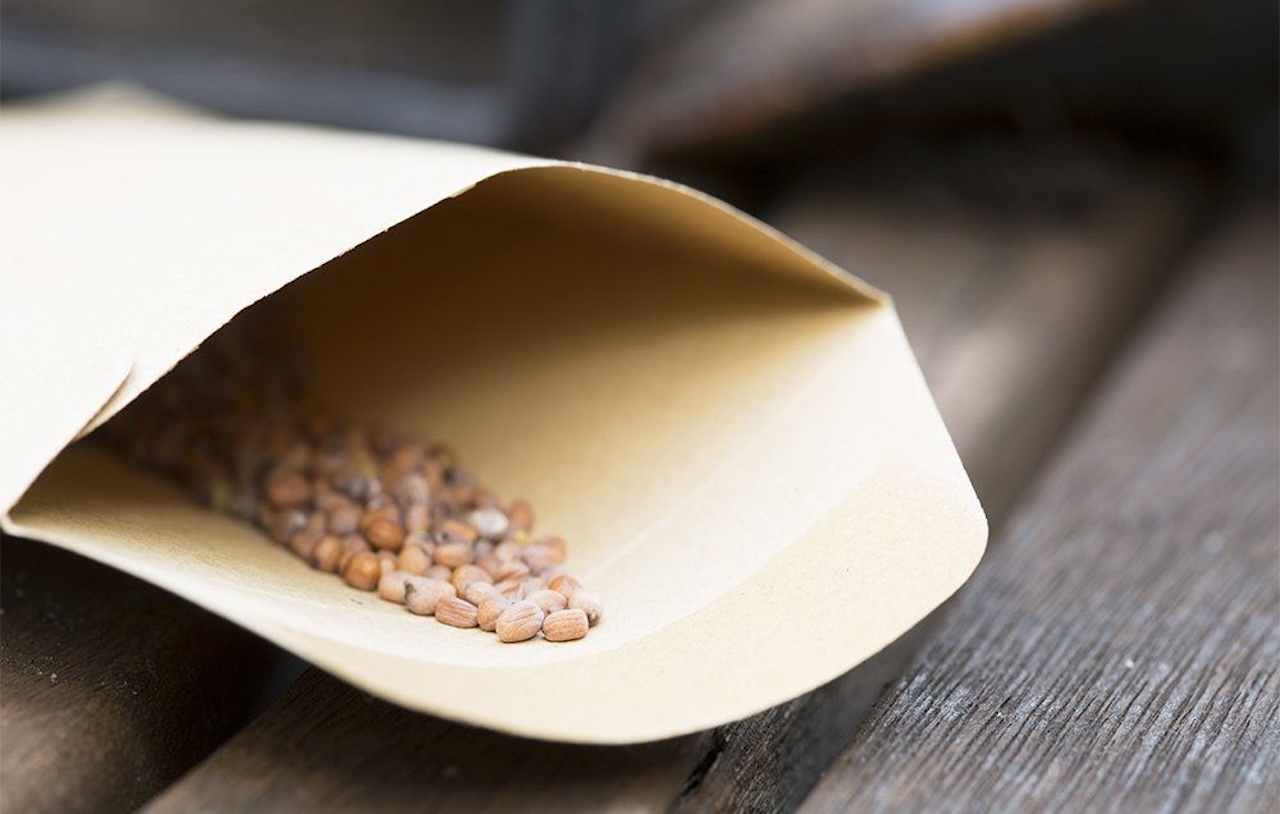

Articles
How To Store Seeds Properly
Modified: January 24, 2024
Learn the best techniques for storing seeds properly to ensure their longevity and viability. Read our informative articles on seed storage tips and tricks.
(Many of the links in this article redirect to a specific reviewed product. Your purchase of these products through affiliate links helps to generate commission for Storables.com, at no extra cost. Learn more)
Introduction
Welcome to our comprehensive guide on how to store seeds properly. Whether you are an avid gardener, a farmer, or simply someone who wants to preserve the longevity of their seeds, understanding the importance of proper seed storage is essential.
Seeds are not just tiny capsules of life; they are also the future of our plants and crops. Properly storing seeds ensures that they remain viable and usable for years to come. It helps maintain the genetic diversity of our plants, safeguard against crop failures, and save money by avoiding the need to purchase new seeds every season.
In this article, we will delve into the various factors that affect seed viability, delve into the specifics of choosing the right containers for seed storage, explore proper seed cleaning and drying methods, discuss seed treatment for long-term storage, and recommend storage conditions for different types of seeds. We will also touch upon monitoring and checking seed viability, and highlight common mistakes to avoid in seed storage.
If you want to take control of your seed collection and ensure its longevity, then read on to discover the best practices for storing seeds properly.
Key Takeaways:
- Proper seed storage is crucial for preserving genetic diversity, saving money, and ensuring a constant supply of viable seeds for future planting. Understanding the factors affecting seed viability is essential for successful long-term storage.
- Choosing the right containers, implementing proper cleaning and drying methods, and applying appropriate seed treatments are key to maintaining seed viability. Regular monitoring and checking of seed viability help ensure successful germination and plant growth.
Read more: What Is The Proper Soil Mix For Grass
Importance of Proper Seed Storage
Proper seed storage is essential for preserving the quality and viability of seeds. When seeds are stored under the right conditions, they can remain viable for longer periods, ensuring a successful germination process and healthy plant growth. Here are some key reasons why proper seed storage is important:
- Preserving genetic diversity: Seeds contain the genetic material that determines the characteristics of plants. By storing seeds properly, we can maintain the genetic diversity of plants, which is crucial for the long-term health and resilience of our crops.
- Long-term availability: Properly stored seeds can remain viable for extended periods. This means that you can save and store seeds from one season to the next, ensuring a constant supply of seeds for future planting.
- Crop resilience: In the event of localized crop failures or environmental disasters, having a well-maintained seed bank allows for the quick recovery and reestablishment of crops. It acts as a safeguard against the loss of important plant varieties.
- Cost savings: Buying new seeds every growing season can be expensive. By storing seeds properly, you can save money by reusing your own seeds rather than purchasing new ones.
- Preserving heirloom varieties: Heirloom seeds are traditional open-pollinated varieties that have been passed down through generations. Proper seed storage helps preserve these unique and cherished plant varieties for future generations.
- Experimentation and breeding: Properly stored seeds allow for experimentation and breeding programs, as they provide a constant supply of genetically diverse seeds for hybridization and plant breeding.
Overall, proper seed storage is vital for maintaining the diversity, resilience, and long-term availability of our plant species. It empowers gardeners, farmers, and researchers to continue their crucial work in cultivating healthy, robust plants.
Factors Affecting Seed Viability
Several factors can impact the viability and longevity of stored seeds. Understanding these factors is crucial for ensuring proper seed storage and maximizing seed viability. Here are the key factors that can affect seed viability:
- Moisture: Excessive moisture is one of the biggest threats to seed viability. Moisture can lead to seed germination or the growth of mold and fungi, which can damage or destroy the seeds. It is essential to store seeds in a dry environment with low humidity.
- Temperature: Extreme temperatures can also impact seed viability. Too much heat can cause seeds to dry out and lose their viability, while freezing temperatures can damage the seed’s internal structure. Ideally, seeds should be stored at a cool and consistent temperature, around 40°F to 50°F (4°C to 10°C).
- Light: Light can trigger seed germination in certain species. It is best to store seeds in opaque containers or in a dark place to prevent light exposure, which can lead to premature germination and reduced seed viability.
- Air circulation: Proper air circulation is essential to prevent the buildup of moisture and reduce the risk of mold or fungal growth. While seeds should be stored in a dry environment, they should also have some airflow to prevent stagnation and excess moisture.
- Seed maturity: The maturity of the seed at the time of harvest can impact its viability. Seeds should be harvested at the peak of maturity when they have fully developed and reached their maximum potential for viable germination.
- Seed quality: The quality of the seed itself, including its genetic makeup and overall health, can affect its viability. Using high-quality seeds from reputable sources can increase the chances of successful germination and long-term viability.
By understanding and addressing these factors, you can create the optimal conditions for storing seeds and maximize their viability. Proper storage techniques and maintaining the right environmental conditions will go a long way in preserving the long-term potential of your seed collection.
Choosing the Right Containers for Seed Storage
Choosing the right containers for seed storage is crucial for maintaining seed viability and longevity. The containers you select should provide an airtight and moisture-proof environment to protect the seeds from external factors that could compromise their quality. Here are some important considerations when choosing containers for seed storage:
- Airtightness: Opt for containers that have a tight seal to prevent air from entering and moisture from accumulating inside. This will help maintain the integrity of the seeds and protect them from environmental factors.
- Moisture-proof: Moisture is the enemy of seed storage, as it can lead to mold, fungal growth, and seed deterioration. Ensure that the containers you choose are moisture-proof and will keep the seeds dry throughout their storage period.
- Opaque: Light exposure can trigger seed germination and reduce seed viability. Select containers that are opaque or choose dark-colored containers to keep the seeds protected from light.
- Durable and non-reactive: The chosen containers should be sturdy and durable to withstand handling and potential storage conditions. Additionally, they should be non-reactive to avoid any chemical leaching or contamination that could harm the seeds.
- Size: Consider the quantity of seeds you plan to store and choose containers that provide ample space without wasting too much room. Airtight glass jars, plastic containers with tight-fitting lids, or metal tins can all work well for seed storage.
- Labeling: Properly label your seed containers with the date of storage, seed variety, and any other relevant information. This will help you keep track of the seeds and ensure proper organization and easy access.
It is important to note that different types of seeds may have varying storage requirements. Some seeds may need specific conditions such as low temperatures or desiccation before storage. Always refer to specific seed packaging or consult reliable sources for any additional storage guidelines for specific seed varieties.
By selecting the right containers and adhering to proper storage techniques, you can ensure the long-term viability of your seed collection and enjoy successful plantings for years to come.
Proper Seed Cleaning and Drying Methods
Before storing seeds, it is important to properly clean and dry them to remove any debris, moisture, or pathogens that may be present. Here are some essential steps for seed cleaning and drying:
- Harvesting: Harvest mature seeds from healthy and disease-free plants. Allow the seeds to fully ripen on the plant before collecting them for storage.
- Removing debris: Begin by separating the seeds from any plant material or debris. This can be done by hand or by gently shaking the seed heads or pods over a clean surface.
- Rinsing: Some seeds may be coated with a sticky residue or have pulp attached to them. In such cases, you can rinse the seeds with water to remove these impurities. Be sure to use a gentle stream of water and avoid using any chemicals or detergents.
- Drying: After rinsing, spread the cleaned seeds on a clean, dry towel or a paper towel in a single layer. Allow the seeds to air dry naturally in a well-ventilated area for a few days. Avoid exposing the seeds to direct sunlight or excessive heat, as this can damage their viability.
- Avoiding moisture: Ensure that the seeds are completely dry before storing them. You can test for dryness by pressing a seed between your fingers; it shouldn’t feel moist or leave any residue.
- Screening: For smaller seeds, you can use a fine mesh screen or sieve to remove any remaining debris or chaff. Gently shake the seeds over the screen to separate the clean seeds from any remaining impurities.
It is important to note that not all seeds require the same cleaning and drying methods. Some seeds may have specific instructions or require additional treatment before storage. Always refer to the seed package or consult reliable sources for any special cleaning or drying procedures for specific seed varieties.
By following proper seed cleaning and drying methods, you can ensure that your seeds are free of contaminants and have the best chances of remaining viable during storage.
Store seeds in a cool, dry place to maintain their viability. Airtight containers or resealable bags can help prevent moisture and air from affecting the seeds. Label the containers with the seed type and date of storage for easy organization.
Read more: How To Store Honey Properly
Seed Treatment for Long-Term Storage
Seed treatment is an important step in preparing seeds for long-term storage. The goal of seed treatment is to protect the seeds from pests, diseases, and environmental factors that can reduce their viability and longevity. Here are some common seed treatment methods for long-term storage:
- Seed disinfection: Treating seeds with a disinfectant solution can help eliminate any pathogens or fungal spores that may be present on the seed surface. Use a mild disinfectant solution, such as a diluted hydrogen peroxide or a commercial seed disinfectant, according to the manufacturer’s instructions.
- Seed drying: Properly drying the seeds is crucial for long-term storage. Make sure the seeds are fully dry before treating them. Excessive moisture can lead to the growth of mold or fungi during storage.
- Desiccation: Some seeds benefit from desiccation treatment, which involves removing the moisture content to a very low level. Desiccant packets or drying agents, such as silica gel or powdered milk, can be used to absorb moisture from the seed storage container.
- Seed priming: Priming is a technique that involves pre-soaking seeds in water before drying them. This process can enhance germination and help seeds resist storage stress. However, not all seeds benefit from priming, so it is important to research the specific requirements of the seeds you are storing.
- Cold stratification: Some seeds require exposure to cold temperatures to break their dormancy and improve germination. This process, known as cold stratification, can be achieved by placing the seeds in a moist medium and storing them in a cool location, such as a refrigerator, for a specific period. This treatment is often used for native wildflower seeds or tree seeds.
- Seed coating: Coating seeds with a protective layer can help prevent moisture loss and protect them against pathogens. Seed coatings can be made from materials like clay, talc, or vegetable oil, which provide a barrier between the seed and the external environment.
It is important to remember that not all seeds require the same treatment methods. Some seeds may have specific requirements based on their species and characteristics. It is best to research the specific needs of the seeds you are storing or consult with experts or seed suppliers for guidance.
By applying appropriate seed treatment methods, you can enhance the longevity and viability of your seeds, ensuring that they remain in optimal condition for future use.
Recommended Storage Conditions for Different Types of Seeds
Different types of seeds have varying storage requirements based on their characteristics and inherent qualities. Understanding the specific needs of each seed type is crucial for ensuring their viability and longevity during storage. Here are some recommended storage conditions for different types of seeds:
- Vegetable seeds: Most vegetable seeds can be stored in a cool, dry place with low humidity. The ideal temperature range for vegetable seed storage is between 32°F to 41°F (0°C to 5°C). Place the seeds in airtight containers or envelopes, and store them in a dark location away from direct sunlight.
- Flower seeds: Flower seeds can vary in their storage requirements. However, as a general guideline, flower seeds should be stored in cool and dry conditions. The optimal temperature range is between 35°F to 50°F (2°C to 10°C). Store flower seeds in airtight containers or envelopes and keep them in a dark and dry place.
- Herb seeds: Herb seeds are typically similar to vegetable seeds in their storage requirements. They should be stored in a cool and dry place with low humidity. The recommended temperature range is between 32°F to 41°F (0°C to 5°C). Store herb seeds in airtight containers or envelopes, protecting them from light exposure.
- Fruit seeds: Fruit seeds, such as apple or peach seeds, often require a period of cold stratification to break their dormancy. After stratification, store them in a cool and dry place with a temperature range between 32°F to 41°F (0°C to 5°C). Airtight containers or envelopes can be used for fruit seed storage.
- Native seeds: Native seeds, especially those of indigenous plants, may have specific storage requirements. It is best to research the specific needs of the particular native seed species. Some may benefit from cold stratification or other specialized treatments before storage.
- Tree and shrub seeds: Tree and shrub seeds often benefit from a period of cold stratification to improve germination. After stratification, store them in a cool and dry place with a temperature range between 32°F to 41°F (0°C to 5°C). Airtight containers or envelopes are suitable for tree and shrub seed storage.
Remember to label the seed containers with the date of storage and seed variety for easy identification. Regularly monitor stored seeds for any signs of mold or deterioration and discard any damaged seeds to prevent the spread of pathogens.
By following the recommended storage conditions for different types of seeds, you can prolong their viability and ensure successful germination when you are ready to plant them.
Monitoring and Checking Seed Viability
Regular monitoring and checking of seed viability is important to ensure the quality and effectiveness of stored seeds. Even with proper storage conditions, seed viability can decrease over time. Here are some methods for monitoring and checking seed viability:
- Germination tests: Germination tests are a reliable way to assess seed viability. Take a representative sample of seeds from the stored batch and place them in a moist environment, such as between moist paper towels or in seed-starting soil. Keep the seeds in a warm and well-lit area, and monitor them for germination. Count the number of seeds that successfully germinate within a specific time frame to determine the germination rate.
- Seed soak tests: Some seeds, especially larger seeds, can be tested for viability by soaking them in water. Place a sample of seeds in a container with water and let them soak for a specified period. Healthy and viable seeds will absorb water and swell, while non-viable seeds will often float or show no signs of hydration.
- Tetrazolium test: The tetrazolium test is a chemical staining method used to determine seed viability. It involves treating seeds with a tetrazolium salt solution, which stains viable seeds red or pink. Non-viable seeds will remain colorless or turn brown. This test provides a quick and accurate assessment of seed viability.
- Observation and seed health: Regularly inspect the stored seeds for any signs of mold, discoloration, or damage. Moldy or deteriorated seeds should be removed immediately to prevent the spread of fungi or pathogens to other seeds.
- Record keeping: Maintain detailed records of the storage duration, seed variety, and any observations related to seed viability during the storage period. This will help track the longevity and effectiveness of the stored seeds and guide future seed storage practices.
It is important to note that different seed types may require different methods for viability testing. Some seeds may have specific requirements based on their characteristics and germination patterns. Refer to reliable sources or consult with experts for guidance on the appropriate viability testing methods for specific seed varieties.
By regularly monitoring and checking seed viability, you can identify any issues early on and take necessary steps to ensure the continued quality of your seed collection. It allows you to make informed decisions about seed usage and discard any non-viable seeds before planting.
Common Mistakes to Avoid in Seed Storage
Proper seed storage is crucial for maintaining seed viability and ensuring successful germination. However, there are some common mistakes that many people make when storing seeds. By avoiding these mistakes, you can preserve the quality and longevity of your seeds. Here are some common mistakes to avoid in seed storage:
- Improper moisture control: Excessive moisture is one of the biggest threats to seed storage. Avoid storing seeds in damp or humid conditions, as it can lead to mold, fungal growth, and seed deterioration. Make sure the seeds are completely dry before storage and store them in a dry environment with low humidity.
- Exposure to heat: Extreme temperatures can damage seed viability. Avoid storing seeds in areas that are exposed to high temperatures, as this can cause them to dry out and lose their viability. Instead, store seeds in a cool and consistent temperature range, ideally between 32°F to 50°F (0°C to 10°C).
- Light exposure: Light can trigger seed germination in some species and reduce seed viability. Keep seeds in opaque containers or in a dark place to protect them from light exposure. Avoid storing seeds in transparent or clear containers.
- Using improper containers: Choosing the right containers is crucial for seed storage. Avoid using containers that are not airtight or moisture-proof, as they can allow air and moisture to enter, compromising the quality and viability of the seeds. Opt for containers with tight-fitting lids that provide a protective barrier against external factors.
- Not labeling properly: Properly labeling your seed containers is essential for organization and easy identification. Include important information such as the date of storage, seed variety, and any other relevant details. This will help prevent confusion and ensure that you can easily find and use the seeds when needed.
- Ignoring seed quality: The quality of the seeds you store is important for their viability and success in germination. Use high-quality seeds from reputable sources to ensure the best chances of successful storage and germination. Avoid storing old or damaged seeds, as they may have a lower likelihood of germination.
- Not rotating seed stock: Seeds have a limited shelf life, and old seeds may have reduced viability. It is important to regularly assess and rotate your seed stock, using older seeds first and replenishing your collection with fresh seeds. This ensures that you always have a supply of viable seeds for planting.
By avoiding these common mistakes, you can improve the effectiveness of your seed storage and increase the chances of germination success. Proper storage techniques and attention to detail will go a long way in preserving the viability and quality of your seed collection.
Read more: How To Store Candles Properly
Conclusion
Proper seed storage is a vital component of successful gardening and farming practices. By understanding the importance of seed storage, the factors that affect seed viability, and the recommended storage conditions, you can preserve the longevity and quality of your seeds. Implementing the correct seed cleaning and drying methods, as well as applying appropriate seed treatments, will further enhance seed viability for long-term storage.
Choosing the right containers and avoiding common mistakes in seed storage, such as improper moisture control, exposure to heat, and inadequate labeling, will help maintain the integrity of your seed collection. Regularly monitoring and checking seed viability ensures that you have viable seeds for successful germination and plant growth.
Seed storage not only benefits individual gardeners and farmers but also contributes to the preservation of genetic diversity and the availability of heirloom varieties. By safeguarding and properly storing our seed collections, we secure the future of our plants and crops, promote sustainability, and save money by reducing the need to purchase new seeds every season.
Remember, every seed is a tiny treasure with the potential to grow into a flourishing plant. By following the guidelines outlined in this article, you can ensure that your seeds remain viable and ready to bring life and beauty to your garden, farm, or landscape for years to come.
Frequently Asked Questions about How To Store Seeds Properly
Was this page helpful?
At Storables.com, we guarantee accurate and reliable information. Our content, validated by Expert Board Contributors, is crafted following stringent Editorial Policies. We're committed to providing you with well-researched, expert-backed insights for all your informational needs.
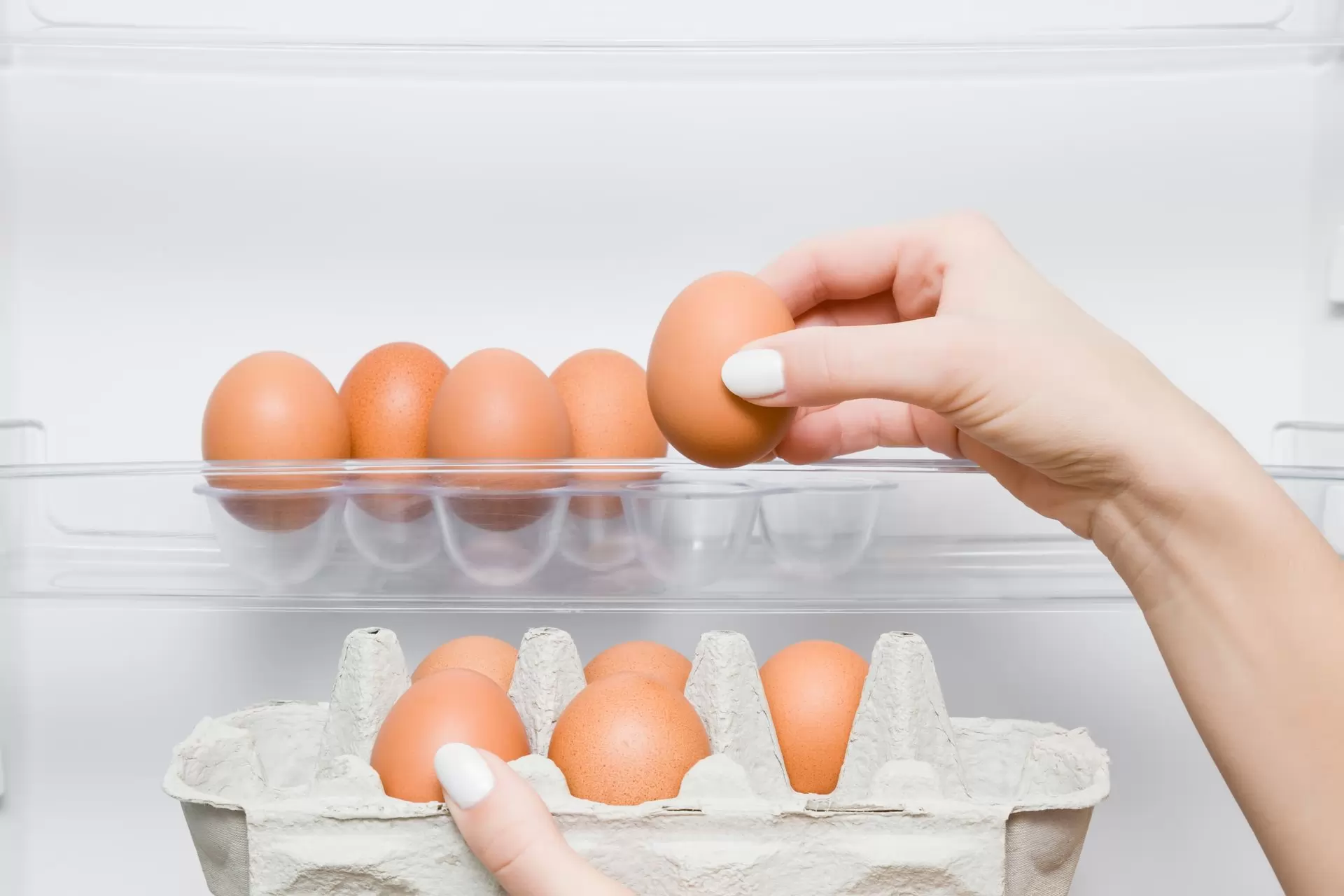
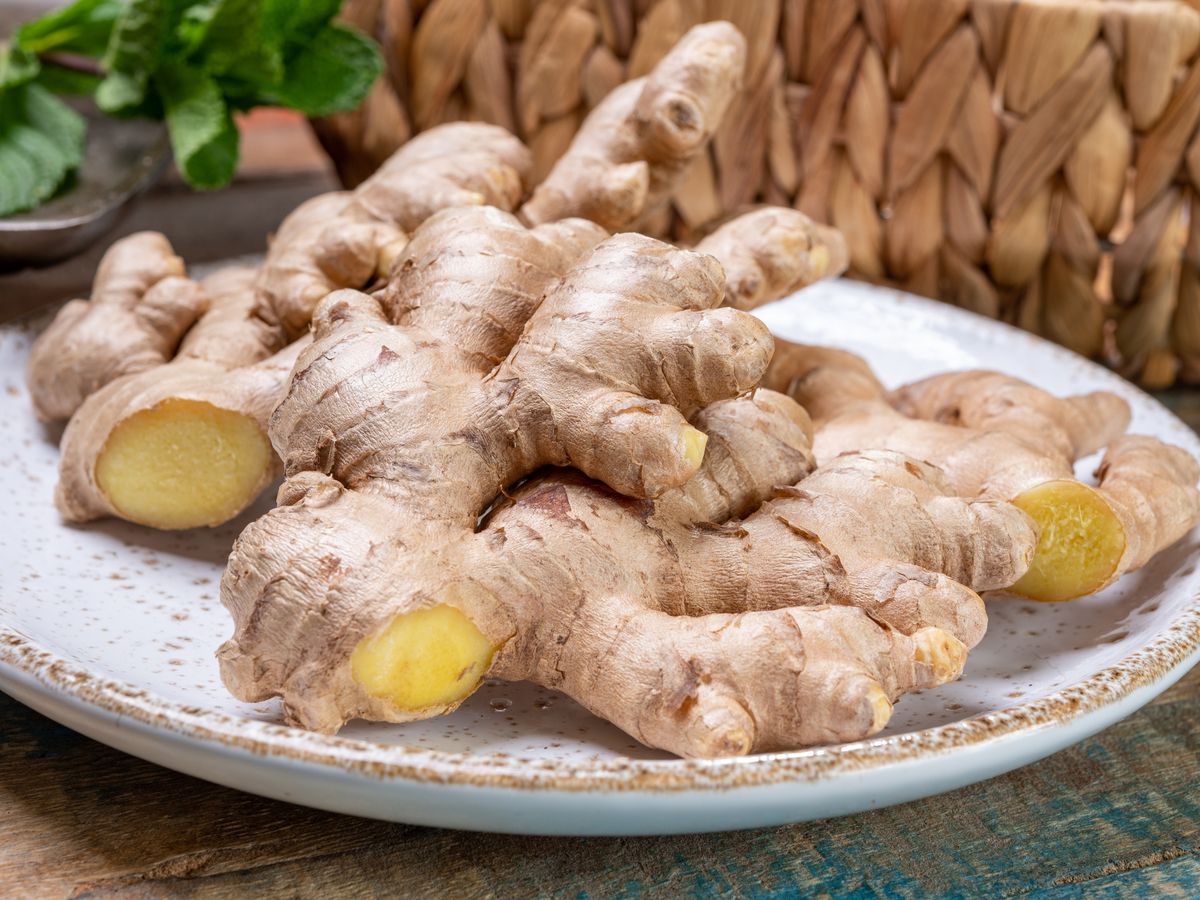
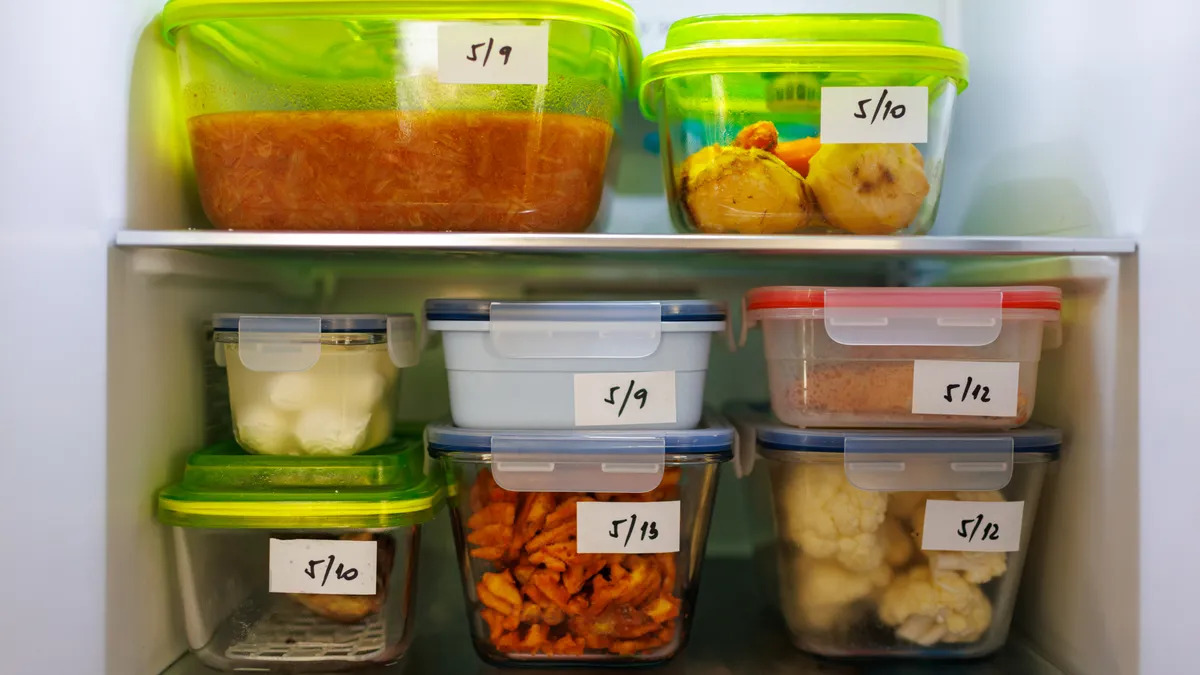

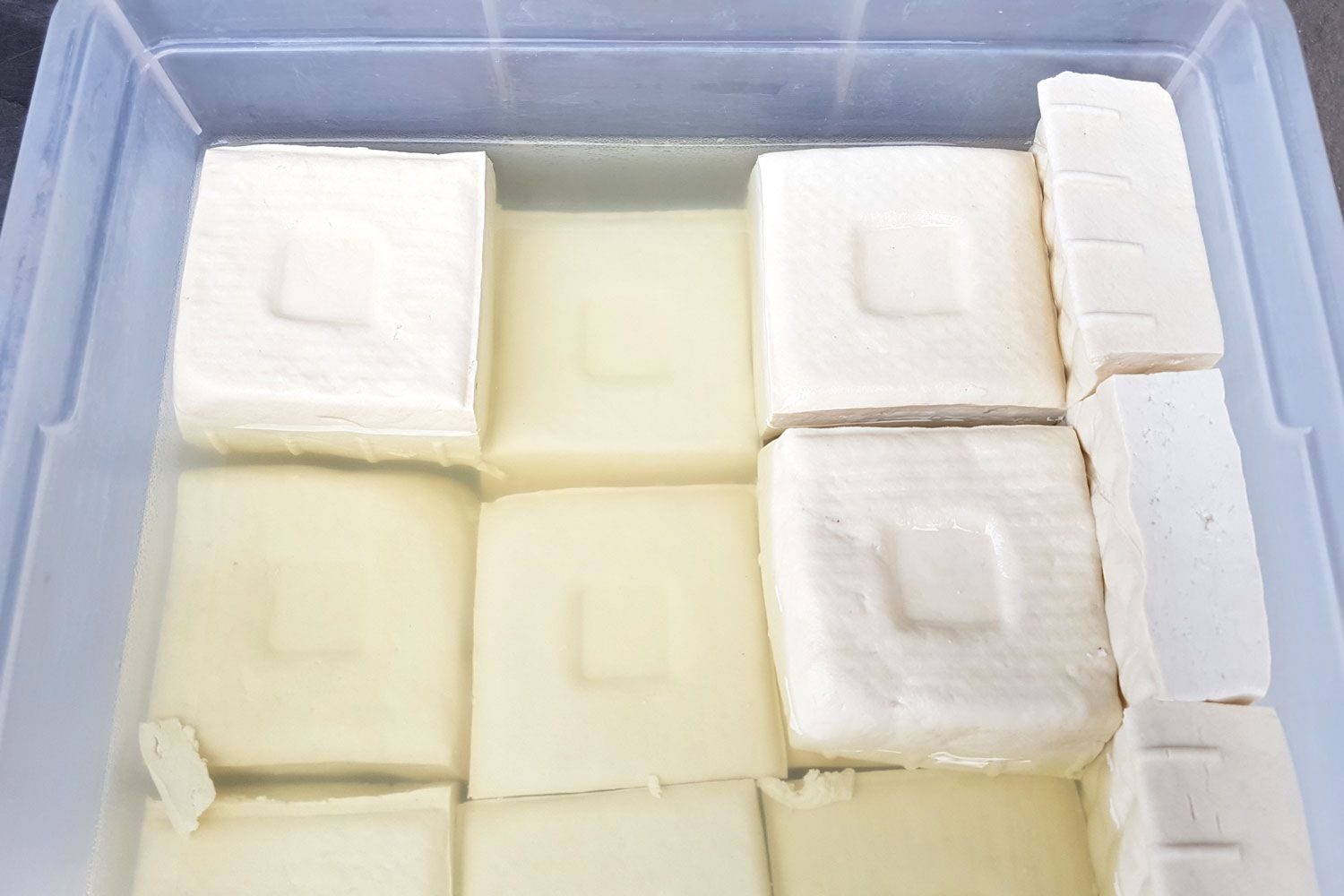

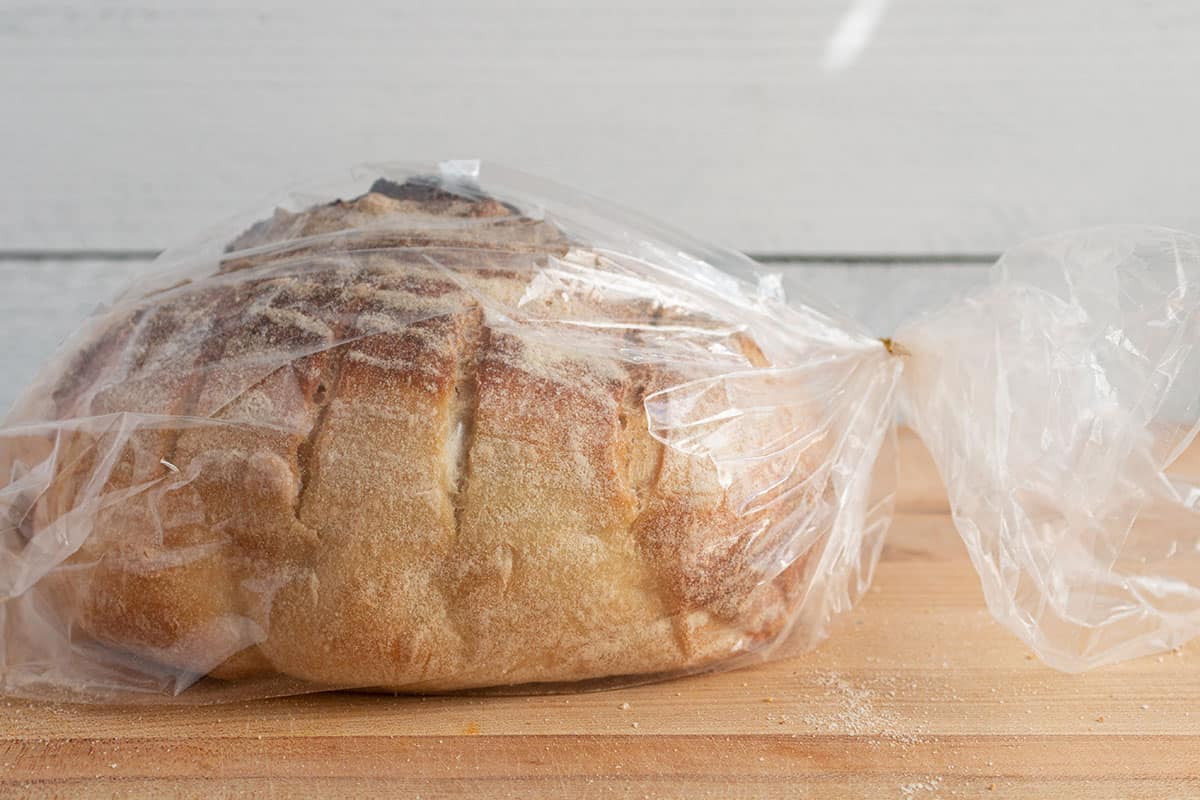
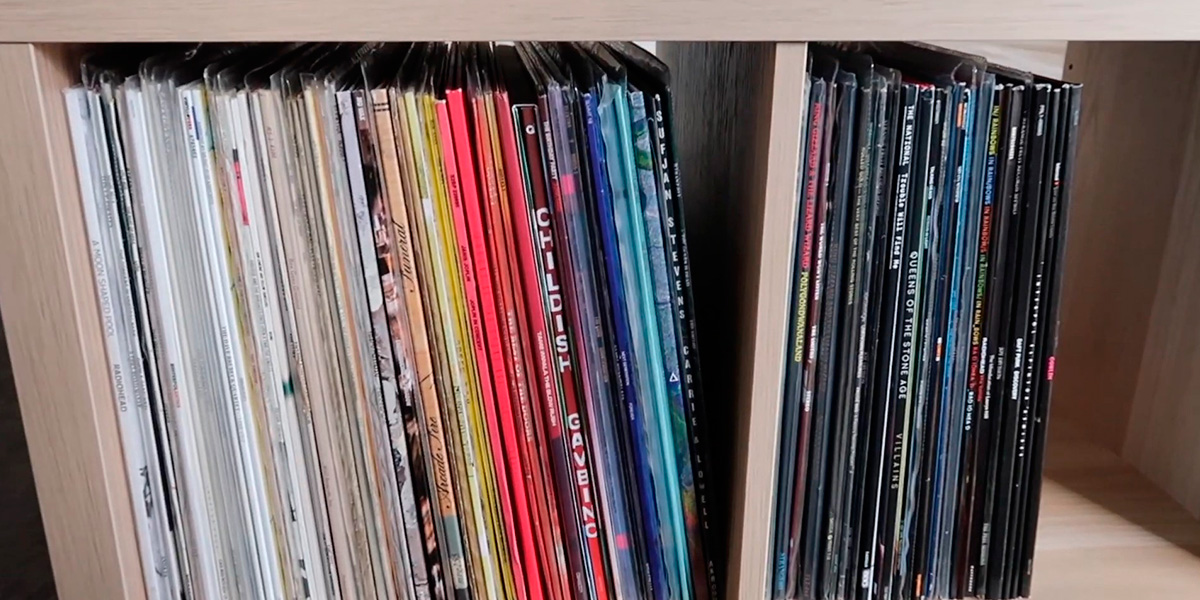
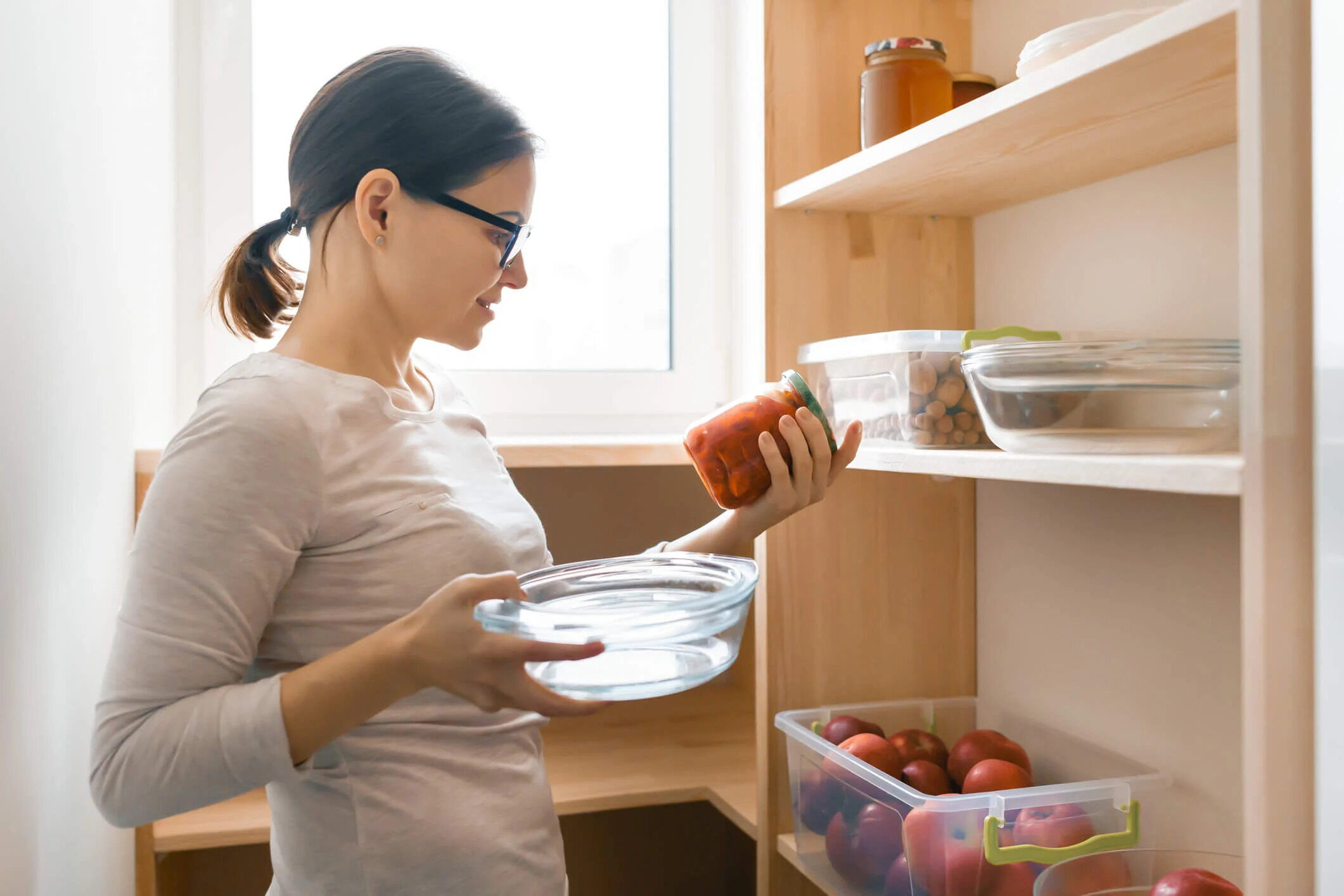
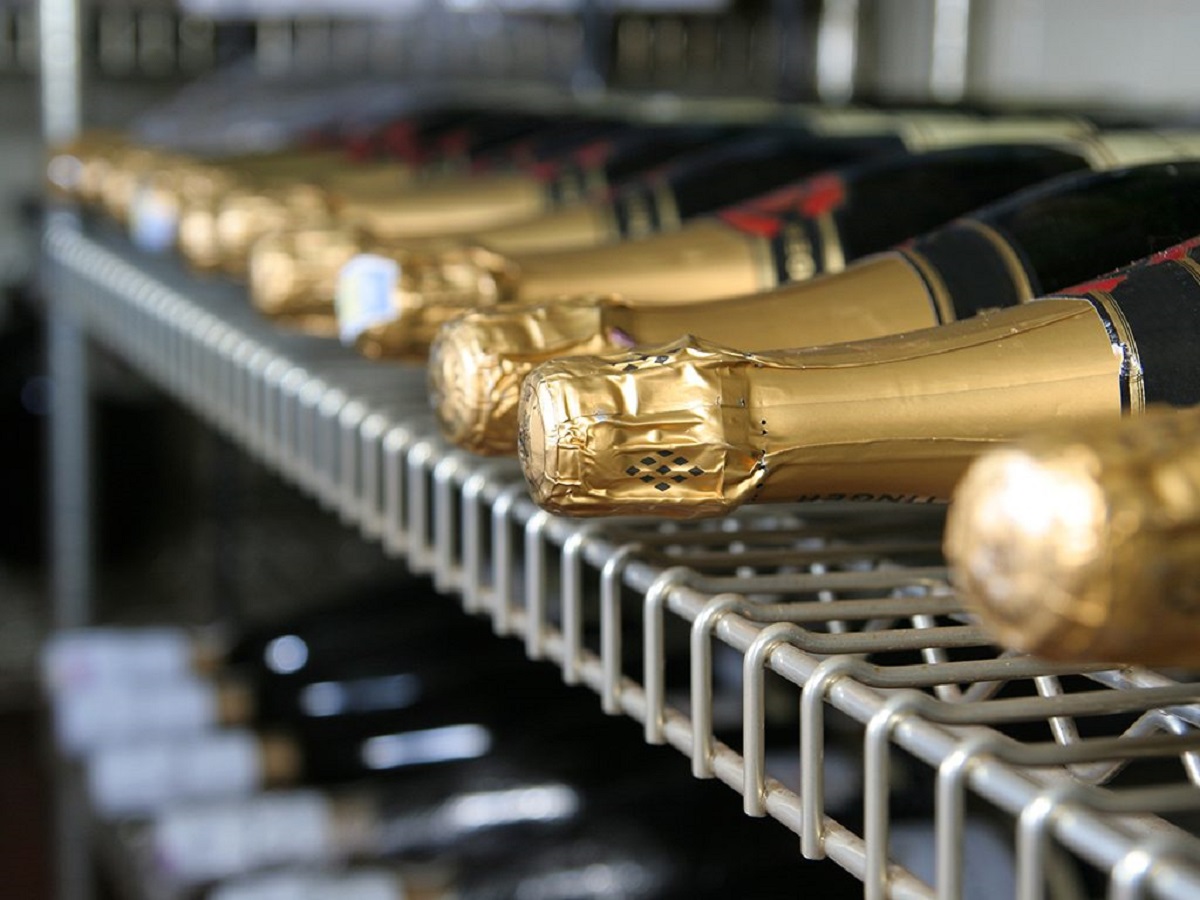

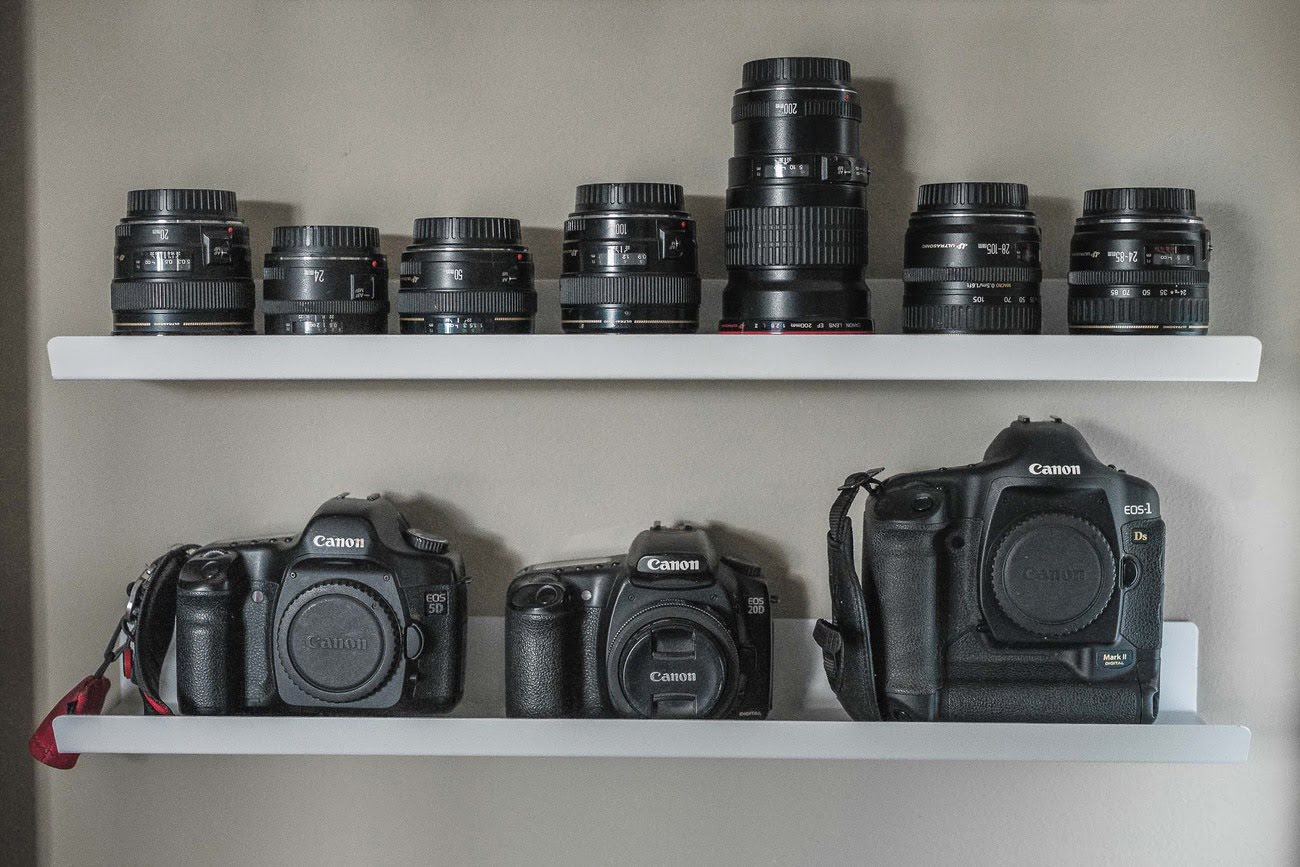


0 thoughts on “How To Store Seeds Properly”